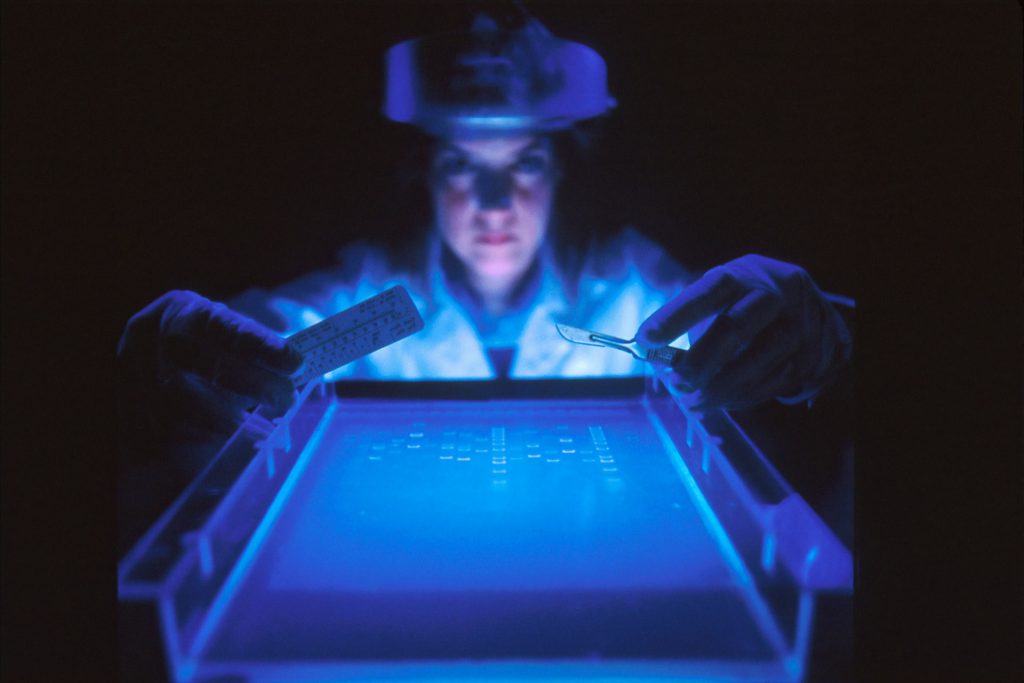
The fields of Alzheimer’s disease and cancer research have both been shaken by recent investigations which have revealed image falsification and plagiarism. These findings call into question specific avenues of research which have received considerable funding.
Neuroscientist Matthew Schrag, a junior professor studying Alzheimer’s, had already ruffled some feathers criticising the FDA approval of the Alzheimer’s drug Aduhelm when he was approached by an attorney to investigate Simufilam, another Alzheimer’s drug under development.
According to Science, he used funding given to him by the attorney to investigate the data behind the drug’s development. The research focuses on amyloid beta (Aβ) plaques, long thought to be the culprit behind Alzheimer’s.
Schrag identified apparently altered or duplicated images in dozens of journal articles, and sent them to the National Institutes of Health (NIH), which had funded tens of millions of dollars.
The investigation drew him towards a bedrock of modern Alzheimer’s research, a 2006 Nature study by Sylvain Lesné of the University of Minnesota in the laboratory of Karen Ashe, which identified an amyloid beta protein.
Schrag avoids describing the suspicious data as fraud, since that would require unfettered access to the original material. “I focus on what we can see in the published images, and describe them as red flags, not final conclusions,” he said. “The data should speak for itself.”
The work focused on ‘toxic oligomers’, subtypes of Aβ that dissolve in some bodily fluids, a potential Alzheimer’s cause that had gained traction in the early 2000s partly due to their discovery in autopsied Alzheimer’s patients.
Using transgenic mice, the UMN team discovered a previously unknown oligomer species, Aβ*56. They isolated Aβ*56 and injected it into young rats, causing a reduction in cognitive ability.
This discovery, the first to show a direct cause, resulted in an explosion in related research, with related studies receiving $287 million in National Institutes of Health funding in 2021, compared to no funding in 2006.
In concert with molecular biologist Elisabeth Bik, no less than 20 of Lesné’s papers were flagged, 10 of which related to Aβ*56. A finding which some Alzheimer’s experts say calls into question 16 years of amyloid beta research. Some had been suspicious and had failed to replicate the findings, but journals are reluctant to publish research which proves a negative or which contradicts a prominent researcher’s findings.
Cancer research has been dogged by its own crisis with fabricated data, according to an investigative report by Nature. For years, a prominent US cancer-research laboratory run by leading cancer geneticist Carlo Croce at the Ohio State University (OSU) had been dogged by allegations of plagiarism and falsified images. To date 11 papers he has co-authored have been retracted, and 21 have needed corrections.
In 2017, The New York Times first reported on allegations of research misconduct against Croce, when OSU opened inquiries into papers from Croce’s lab. These proceeded to formal investigations, Nature learnt, two of which found multiple instances of research misconduct, including data falsification and plagiarism, by scientists Michela Garofalo and Flavia Pichiorri, in papers they’d authored while in Croce’s laboratory.
Garofalo claimed she did not received proper image manipulation training and Pichiorri said she did not understand plagiarism at the time. They have since moved on from OSU.
OSU declined to charge Croce with misconduct as his involvement did not relate to direct plagiarism or image fabrication, but did note that these cases resulted out of his “poor mentorship and lack of oversight.”
Croce was removed from a number of his positions – for which he attempted to sue – but is still employed by OSU, and many of the papers identified by OSU have not been retracted by their journals.


One Reply to “‘Red Flags’ Uncovered in Alzheimer’s and Cancer Research”
Comments are closed.